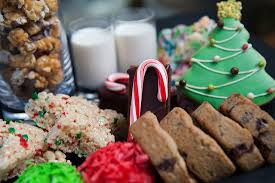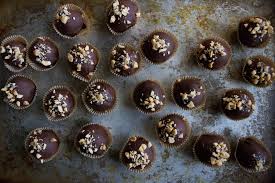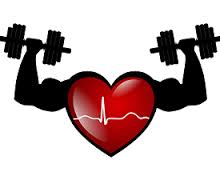


 Stop and Budget!
Stop and Budget!
The simple fact is during the holiday season it can be difficult to differentiate between normal shoppers and compulsive spenders. For instance, compulsive spenders often experience a feeling of excitement before going shopping, a deep sense of pleasure and gratification while shopping, and a loss of excitement coupled with guilt, shame, and remorse after shopping. It seems highly likely that at least a few non-compulsive holiday shoppers experience the exact same feelings before, during, and after a Black Friday splurge. However, non-compulsive spenders laugh it off and return the unwanted items, no harm done, whereas compulsive spenders will hide their behavior and suffer through intense feelings of guilt, shame, and remorse. And to relieve these feelings, compulsive spenders will self-medicate with yet another round of compulsive spending.
What to Watch Out For
If you’re worried about your holiday shopping (or your spending in general), consider the following. Behaviors associated with compulsive spending include:
• Reacting to disappointment, stress, anger, and other difficult feelings by shopping.
• Feeling euphoria mixed with anxiety while shopping.
• Feeling like you are getting away with something forbidden while shopping.
• Feeling guilt or remorse after shopping.
• Buying things that are never or almost never used.
• Lying about shopping habits to family or friends.
• Feeling that your spending is out of control.
• Feeling that your spending is causing conflict in the family, especially with a spouse or partner.
• Making (but not keeping) promises to curtail or quit shopping.
• Being preoccupied with credit cards and finances.
For compulsive spenders, one out-of-control shopping spree is never enough. Neighborhood malls and Internet shopping sites are magnets, and they can’t stay away. During the holiday season, they purchase and give expensive gifts, not because they are filled with love but because they need an excuse to spend. Like other types of addicts, compulsive spenders lie about and cover up their behavior. They learn to shop in secret, often online. They hide purchased goods, price tags, and receipts. Sometimes they even destroy their purchases in an attempt to conceal their spending. And their finances are nearly always strained, often past the breaking point.
Sadly, what compulsive spenders are actually attempting to purchase is happiness. They want to be liked and admired and to not feel depressed or anxious. It doesn’t matter how much money spending addicts have or how successful they are; they feel empty inside, and they use shopping to fill the emotional void.
If you recognize any of the aforementioned thoughts, feelings, and behaviors in relation to your holiday (or everyday) spending, you may want to take a deeper look at your purchasing habits. The good news is if you think you have a problem, plenty of help is available. Many certified addiction therapists have experience treating compulsive spending, and there are several 12-step self-help groups, such as Debtors Anonymous and Shopaholics Anonymous, where you can find nonjudgmental support and good, constructive advice. There are even some indications that psychiatric medications can help with this and related compulsive disorders.
Remember, the consequences of compulsive spending usually persist long after a spree. The financial strain can be devastating, but other consequences can be just as troubling, if not more so. The stress of addiction can take a toll on marriages, friendships, careers, and even the compulsive spender’s physical health. Without treatment, compulsive spenders can eventually destroy everything they hold dear.
David Sack, M.D., is board-certified in addiction psychiatry and addiction medicine. As CEO of Elements Behavioral Health he oversees a network of addiction treatment centers that include Promises Treatment Centers, The Ranch outside Nashville, The Recovery Place drug rehab in Florida, and Texas rehabs Right Step and Spirit Lodge.






 Stop and Budget!
Stop and Budget!

